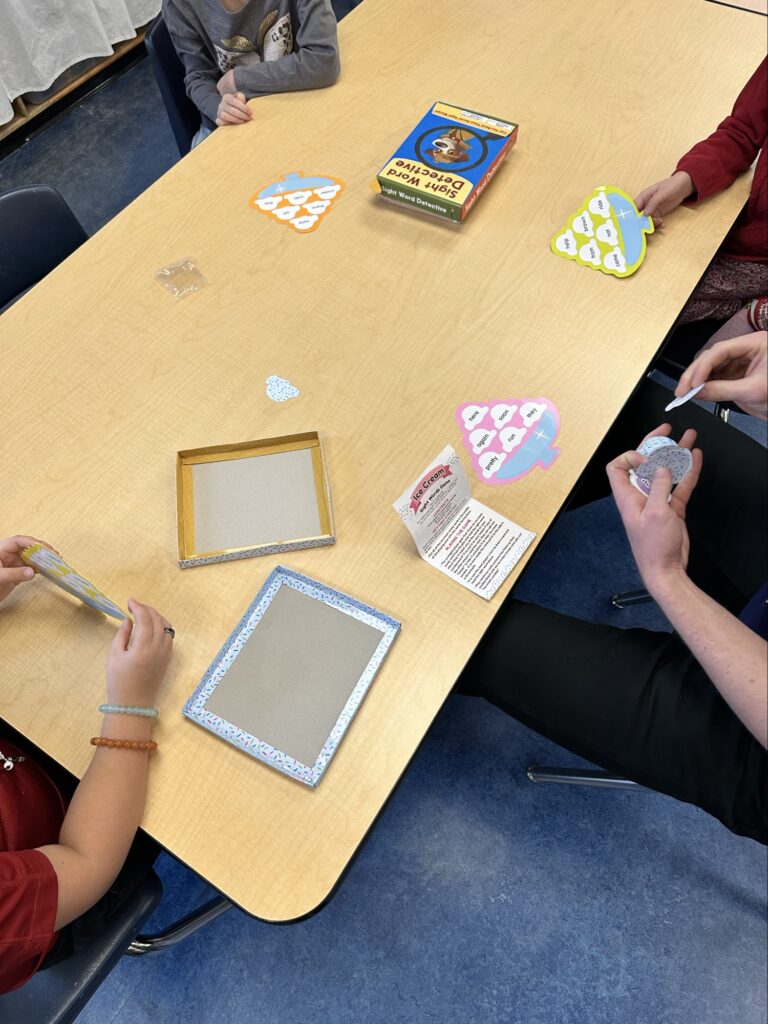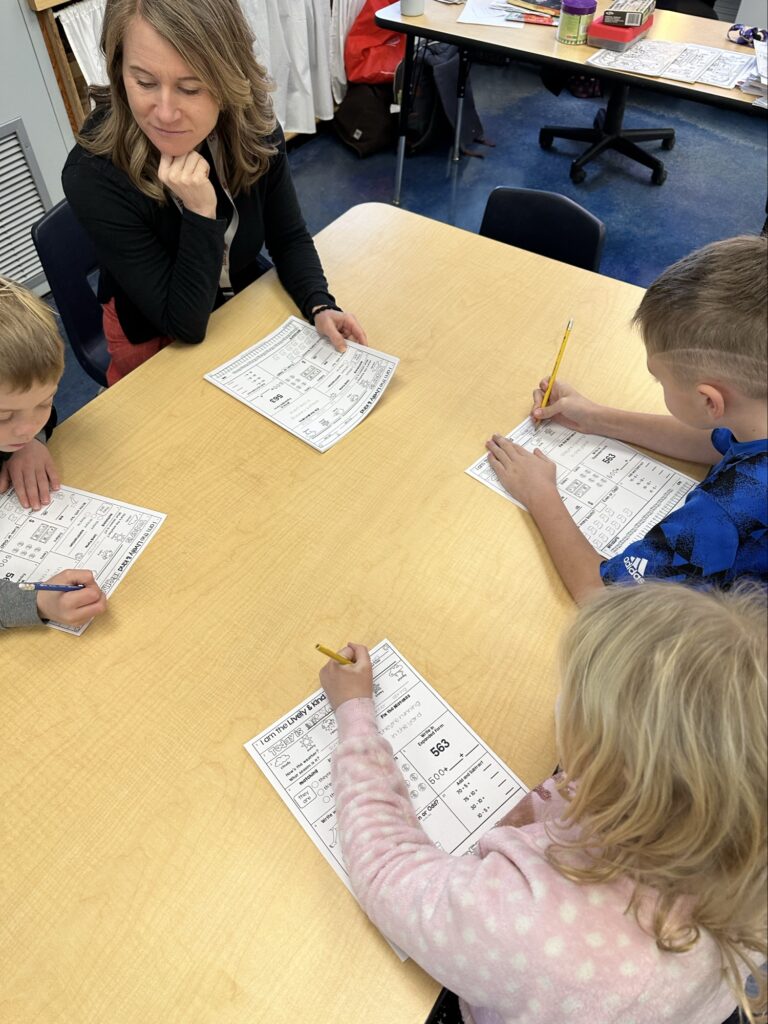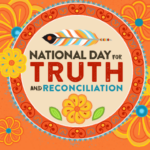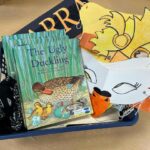

The in situs at Gordon Terrace have helped me see how teachers incorporate literacy in a cross curricular way. I have had the opportunity to observe how two different classes operate in the morning and how both teachers engaged the students in English Language Arts.
In the Kindergarten class, the students started with a soft start that included activities that corresponded with their dinosaur unit. They transitioned into the morning meeting, where the teacher left out letter blends such as, ing, oo, ay, and some letters in a student’s name. I was startled to see that the kindergarten students were able to fill in the blanks with no help from the teacher! It was obvious that they were competent in this activity because most of their hands went up when asked for volunteers. I related this to the section in “Powerful Thinking” by Adrienne Gear when she shared that there are two types of reading skills, “book reading and brain reading” (p. 22) She asserts that students will become more engaged as readers as they decode words using chunks and

blends, along with understanding the words and making connections. The students furthered their connection to the letter of the week by bringing in a show and tell item that began with the corresponding letter. For example, one student brought in a hippo. The class was allowed to ask three questions and then make a guess. Additionally, the teacher fostered literacy understanding with the class incorporating music into learning the days of the week and the months of the year. She consistently pointed out word blends and helped students make connections. This technique goes along with the BC curriculum for kindergarten English Language Arts that states, “use personal experience and knowledge to connect to stories and other texts to make meaning”. She went on to help the students use prior knowledge and experience by reading aloud the story If Dinosaurs Were Alive Today. One of the scenarios explored what it would be like to have a dinosaur as a pet. She asked questions during the story, which allowed the students to connect and ask their own questions. Through these techniques, she was teaching the kids how to think about their thinking and connect to the text (Gear, 19).

To make further connections to the story, the teacher did a think aloud with the class. She asked them what kinds of things they did with their pets. She wrote their answers and then asked what they would do if a dinosaur was their pet. They were then given a worksheet where they had to complete a sentence “If I had a dinosaur as a pet I would…” (and they got to complete it however they wanted). This was a wonderful way to get the students to connect, visualize, question, infer, and transform their thinking to the story. It engaged the students far more than if the teacher had merely read the story.

One takeaway from the other class I visited, which was a grade 2 class, was that the students rotated stations to do literacy work in the morning. Stations included sight word games, group reading, journal writing, Epic on iPads, and a morning worksheet. One thing that really stood out to me was how the teacher put the students into groups. She said that sometimes she grouped them by ability if she was assessing decoding or comprehension ability, but other times she placed them in random groups. I could see the value in this approach because having a variety of people in a group would prevent children from putting labels on themselves or other students.




